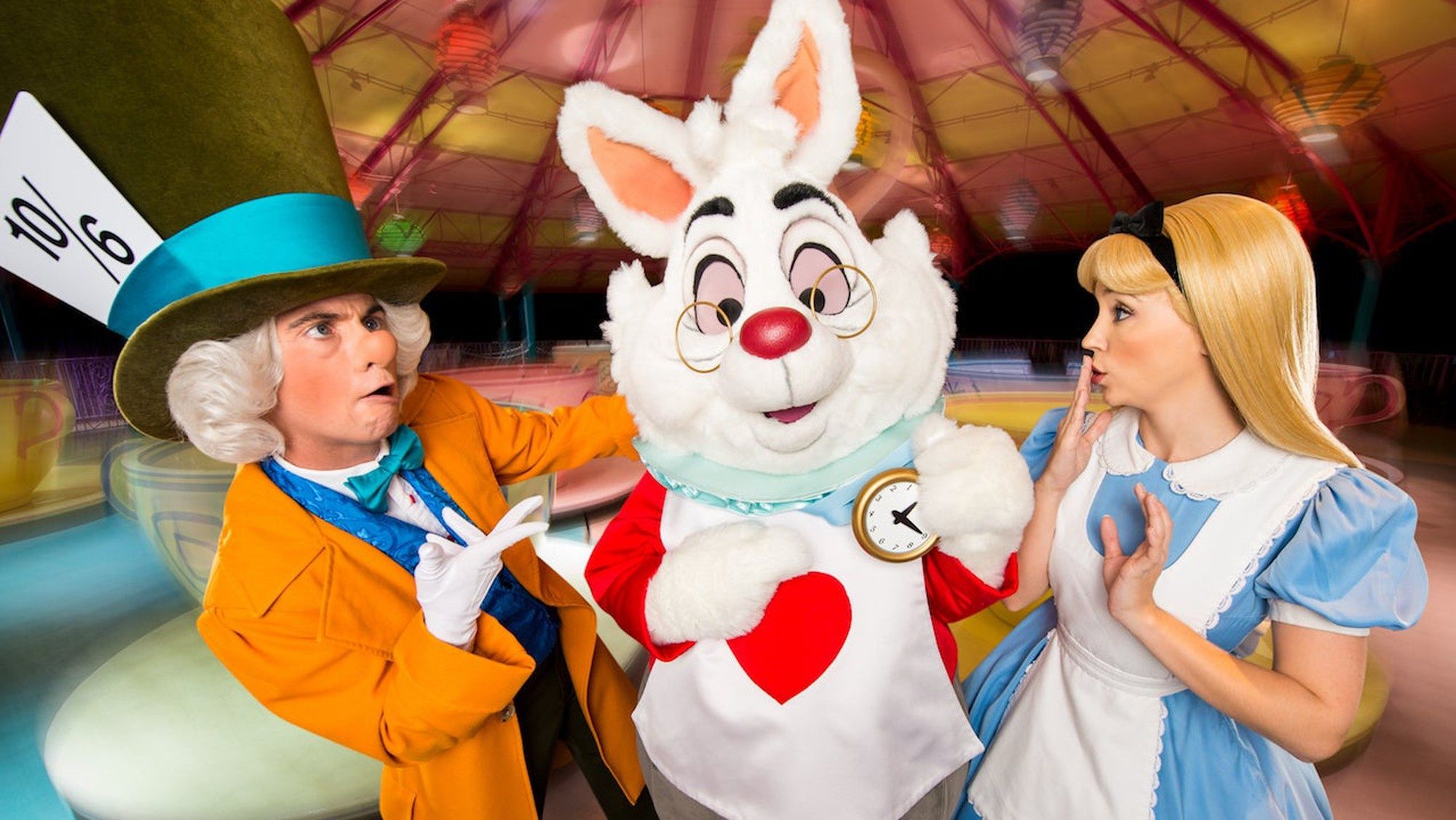Disney (DIS 1.95%) has no plans to increase or accelerate its investments in Disney+ or Hulu, despite strong adoption of its streaming services over the last few months. Disney+ had 54.5 million subscribers as of May 4, nearly to the low end of management's expected subscriber range for the end of 2024. Hulu, meanwhile, racked up 32 million subscribers between its SVOD and Live TV products as of the end of March.
But Disney isn't doubling down on streaming. It can't afford it.
Disney faces a cash flow challenge right now due to its massive overhead for its parks business, delayed blockbuster film releases, and continued sports rights payments from ESPN while ad sales plummet. While it's raised debt and ramped up its ability to tap lines of credit, it's also being very conservative with its cash conservation. For example, it won't pay out its semi-annual dividend payment in July. That also means it's not looking to accelerate investments in what's suddenly become the strongest part of its business.

Image source: Disney.
From assets to liabilities
It was supposed to be that Disney's strong operating income from its parks, studios, and media networks would support its fledgling direct-to-consumer business without the need to tap the debt markets for billions in additional funding like rival Netflix (NFLX 0.06%).
Now, Disney is facing an incredible challenge, as the streaming business continues to produce operating losses as it ramps up subscribers. Those losses won't be offset by its other operations this quarter. Indeed, the average EPS estimate on Wall Street is a loss of $0.06 for the quarter ending in June.
CFO Christine McCarthy estimates park closures last quarter led to a negative effect on operating income of $1 billion. And its U.S. parks, which were closed for about two weeks last quarter, accounted for a little more than half of that effect. Despite plans to reopen the Shanghai park (at very limited capacity) on May 11, and furloughing employees in April, the parks business will drag down profits in the third quarter.
At ESPN, the company "continued to pay for certain sports rights, even during [league] cancellations and deferrals," according to its 10-Q filing with the SEC. Meanwhile, the media company is facing "demands for affiliate fee reductions related to certain of our television networks." That may relate to contractual obligations for ESPN to air a certain amount of sports content. During Disney's second quarter earnings call, McCarthy said: "So far this quarter ESPN's domestic linear cash ad sales are pacing significantly below this time last year."
Lastly, the studio business isn't generating much revenue without theatrical distribution. While it's seeing strength in home entertainment revenue, it's mainly benefiting from increased licensing fees. Disney's paying those fees to itself from the direct-to-consumer segment. Disney's first blockbuster release following theaters' reopening won't come until July (Mulan), and there's a lot of uncertainty surrounding the potential box office performance.
Not much cash flow benefit from within the direct-to-consumer business
Netflix told investors that it expects to see a big cash flow benefit this year as it halts productions and pushes out its original content schedule. Instead of burning about $2.5 billion in cash, it'll only burn through about $1 billion this year.
But Disney won't see the same benefits as Netflix. Netflix's massive cash expenditures are mostly related to its original content productions. As it moves more and more of its productions in house, it's paying more upfront for its content in cash rather than paying for it over the course of a licensing contract. Disney's original content slate is relatively sparse, so there aren't much cash savings to be found from shutting down productions.
Additionally, Netflix has reached global scale. It benefited greatly from that scale in the first quarter when it added nearly 16 million paid subscribers. This also means its marketing spend is relatively efficient. Disney+ is still only available in fewer than two dozen countries, and Hulu and ESPN+ are only available in the U.S. As such, it doesn't see the same benefits of scale in its operating expenses as Netflix.
The long-term plan is still intact
Despite its cash flow challenges, Disney's long-term potential is still very strong. Its international expansion plans for Disney+ and Hulu remain on schedule even if management doesn't feel comfortable accelerating the timeline.
The early results for Disney+ and the growth of Hulu bode well for the long-term results of Disney's foray into streaming. The level of execution is fantastic, and Disney will likely surpass its 2024 guidance within the next few months. (Its Japan launch next month will help.) Next year's international Hulu rollout should improve marketing efficiency with the bundling opportunity.
Meanwhile, it'll take time for Disney's other businesses to ramp back up to where they were pre-coronavirus, especially parks and cruises. Disney's strong brands and ability to maintain a relationship with fans through various outlets (streaming, toys, TV, movies) while they stay at home more will enable it to produce solid results when parks, sports stadiums, and theaters reopen to full capacity.







